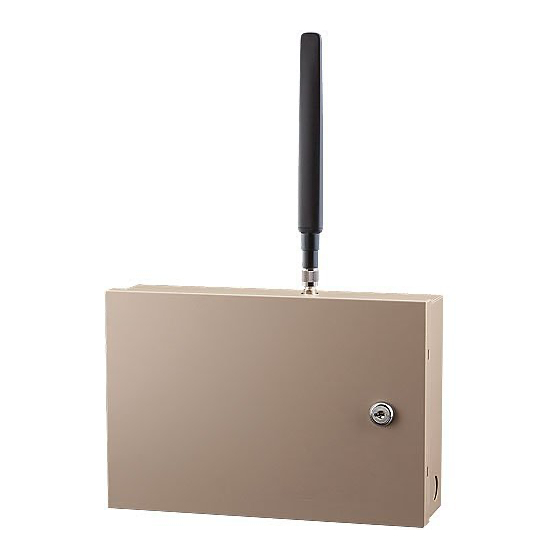
Telguard TG-7A Installation And Operating Manual
Hide thumbs
Also See for TG-7A:
- Installation & operating manual (42 pages) ,
- Installation and operating manual (35 pages) ,
- Installation and operating manual (34 pages)
Table of Contents
Troubleshooting










Need help?
Do you have a question about the TG-7A and is the answer not in the manual?
Questions and answers